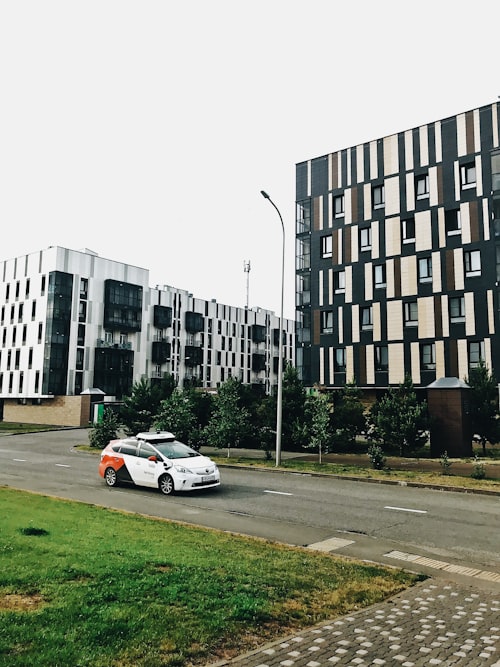Elon Musk's New Master Plan is a clear path toward a sustainable energy future, and it sure is a good one. Of course, electric cars form a part of the plan too. However, what was missing from the plan, perhaps a conscious decision, was the path for self-driving, capable vehicles. There's a required slow progress path adopted by the industry for the capability to come through, which is also reasonably needed. Level 4 and Level 5 capabilities require several laterals, including intelligent infrastructure, to align with the vehicular aspects to reach an inflection point. Anyway, currently, generative AI is taking all the attention and space.
For a conversation around the laterals, a perspective can always be helpful.
While the technology stack for self-driving or autonomous vehicles develops further, it is imperative to have vehicle-to-everything (V2X) communication ready too. Think about vehicle-to-vehicle (V2V) and vehicle-to-infrastructure (V2I) communications. These communications provide a more effective environmental model for vehicles to make prudent decisions. Understandably, there are over a million Tesla vehicles on the road equipped with shadow mode to continuously and silently detect and learn about different edge cases. However, these vehicles do not communicate with each other in a true sense. For V2V communication, this needs to happen and should happen, not being limited to only Tesla's vehicles. Every other vehicle equipped to communicate should be able to communicate, which would help derive a better understanding of the various environmental behaviors and events.
Remember, for autonomous vehicles, it is not just about driving millions of miles and learning very little; instead, it is about looking at millions of edge cases and correctly understanding and responding to them. V2V and V2I communications will support this paradigm. The CONCORDA project provides an example of V2V communication. A consortium formed by Bosch, Escrypt, Kapsch, Nokia, and Telekom is developing the project. The solutions are very much available or are growing at a good pace. However, OEMs should be open to them for adoption. Understandably, realizing this type of all-inclusive V2V communication will be expectedly tough. Consider this question - how many OEMs would be ready for such an adoption? They would need to prepare to expose their tech stacks for such communications. The number of autonomous vehicles' business use cases could perhaps help OEMs opt in. One can always have a dedicated and secured abstracted layer, keeping the OEM's hardware and software layer safe and yet be able to accommodate such communication, given that autonomous vehicles use software-defined or service-oriented architecture. Standardization and regulations would be critical here.
Add to the V2V communication; autonomous vehicles can adjust their behaviors better if they communicate with an intelligent infrastructure. One can also build redundancies into the infrastructure elements, such as intersections, traffic lights, or signboards. One such redundancy could be concerning the sensors. For example, if the sensors onboard a vehicle do not function correctly or do not collect ample information for a decision when approaching an intersection, the infrastructure should be able to provide the information to make the appropriate decision. Essentially, V2V and V2I combined with the information derived from onboard sensors would help vehicles better comprehend environments and improve their autonomous driving capabilities. One overarching imperative that needs a mention is a robust cybersecurity system to support the whole system.
Our cities have been built with infrastructure designed and implemented for human-driven vehicles. For the same reason, autonomous vehicles would take a while to improve. To indeed have a suitable penetration of autonomous vehicles, the infrastructure has to be designed and developed for autonomous vehicles, and with elements that can securely communicate with the vehicles. Communication should help them better map their surrounding conditions, anticipate effectively, and respond correctly. Technology to build such an infrastructure is already available.
Lastly, adopt a framework to build a digital twin from the perception gathered from the sensors onboard the vehicles and the infrastructure (V2V and V2I). Advanced machine learning algorithms can help understand and predict various behaviors in the surroundings, including that of pedestrians.
Technology for autonomous vehicles is taking the exponential curve path, a curve that could be an unprecedentedly long one and a necessary one. During the course of this path, the lateral technologies and support systems could be ready too. Expectedly, there will be uncertainty, apprehension, failures, chaos, and resistance. However, technologies are resilient by nature. Therefore, an inflection point will be imminent when use cases become the common element to the primary technology and the required laterals. This inflection point will undoubtedly benefit both the primary and lateral technologies alike.

